- Главная
-
Учебник
- DIALux 4
- DIALux evo
- IES
- Форум
- Галерея
- Блоги
-
Скачать
- DIALux
- Базы
- Плагины
- 3D модели
- Текстуры
- Книги
-
Новости
Structure of an energy evaluation project
11 сентября 2012 - АдминOnce an energy evaluation is part of a DIALux project, there is an energy evaluation project beneath the DIALux project.
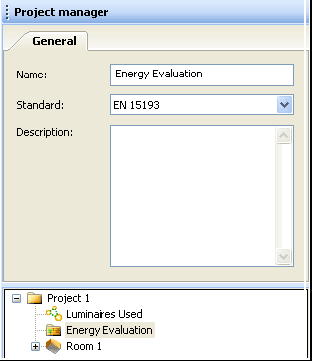
Fig. 410 Energy evaluation project in project tree
For this energy evaluation project a standard, according to which the evaluation will be done, can be selected. Currently EN 15193 and DIN 18599 are possible. Multiple simultaneous energy evaluation projects are not allowed.
An energy evaluation project is animated by adding energy evaluation rooms to it. This can be done either via the context menu of the energy evaluation project or via the context menu of a DIALux-room.

Fig. 411 Transfer of all DIALux-rooms into the energy evaluation project
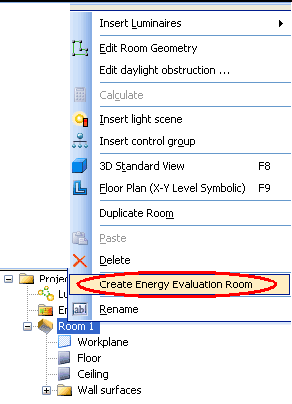
Fig. 412 Transfer of one single DIALux room into the energy evaluation project
With the first method all rooms of a DIALux project can rapidly be transferred to the energy evaluation project, so that they are part of the energy evaluation. Besides you can create energy evaluation rooms without links to DIALux rooms in this context menu. Thus, you can evaluate energy demands for rooms, without doing any lighting planning for them. More about that later on.
The second method via the context menu of one or even multiple DIALux rooms is best, if you do not want all rooms of a DIALux project to be part of the energy evaluation.
Caution: Each DIALux room can only be linked with one single energy evaluation room. Links with multiple energy evaluation rooms do not make sense, since each energy evaluation room can be taken into account multiple times during the energy evaluation.
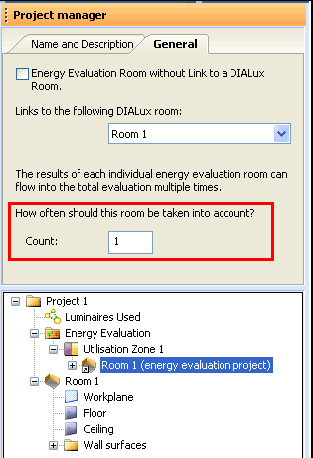
Fig. 413 Multi-consideration of one energy evaluation room during the evaluation of the complete energy performance project
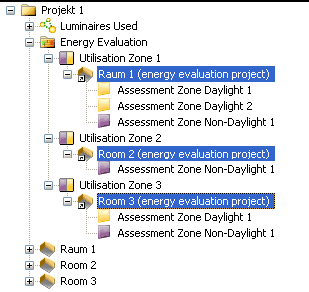
Fig. 414 Multiple energy evaluation rooms and there utilisation zones
Each energy evaluation room belongs to exactly one utilization zone. It is initially created in its own utilization zone, but can be moved to any other utilization zone.
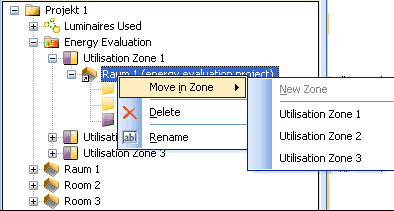
Fig. 415 An energy evaluation room with a selection of utilisation zones, to which it can be moved
Utilization zones are a main issue in DIN 18599, where they are used to collect energy evaluation rooms with the same utilization conditions to provide them with a common utilization profile.
Anyway utilization zones are a good instrument to group energy evaluation rooms.
Caution: Utilization zones can not be created explicitly; they are only generated during the creation of energy evaluation rooms.
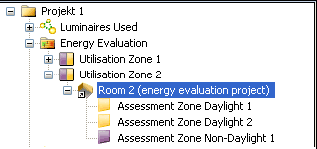
Fig. 416 Energy evaluation room in project tree with its assessment zones
Each energy evaluation room has one or more assessment zones. Each assessment zone is either completely supplied with daylight or not. Assessment zones can not be explicitly created, removed or changed in any way. They are exclusively created respectively adjusted to geometric and daylight depending conditions.
Each energy evaluation room is divided into assessment zones, that do not intersect one another and that build up the complete area of the room.
These assessment zones can be displayed in 2D- and 3D-views of the associated DIALux room. Daylight supplied and not daylight supplied zones are distinguished by color.

Fig. 417 Display of assessment zones in CAD-windows (second icon from the left)

Fig. 418 Display of assessment zones of an energy evaluation room in 3Dview
Assessment zones are both the bottom and the most important level of the energy evaluation. The actual evaluation is done on this level, all needed parameters are determined here. Energy demands are explicitly calculated only for assessment zones, all other results for energy evaluation rooms, utilization zones or the complete energy performance project arise from summing up results of involved assessment zones.
Of course, you can also use „The Guide“ to navigate through the complete energy evaluation process.

Fig. 419 Energy evaluations in The GuideРейтинг: 0 Голосов: 0 2650 просмотровКомментарии (0)Manual
